The largest island on the Dnieper, an important historical and cultural reserve, a great place to relax - all this about Khortitsa. Its picturesque landscape is cut by gullies and ravines, and nature surprises with its diversity.
Most of the forests were grown by people quite recently, but not far from them stretched kilometers of wild steppe spaces, which never touched the plow. The north of the island bristled with steep rocky cliffs, and in the south you will be met by a quiet nature kingdom, where the floodplains hide - forests growing directly from lidded lakes.
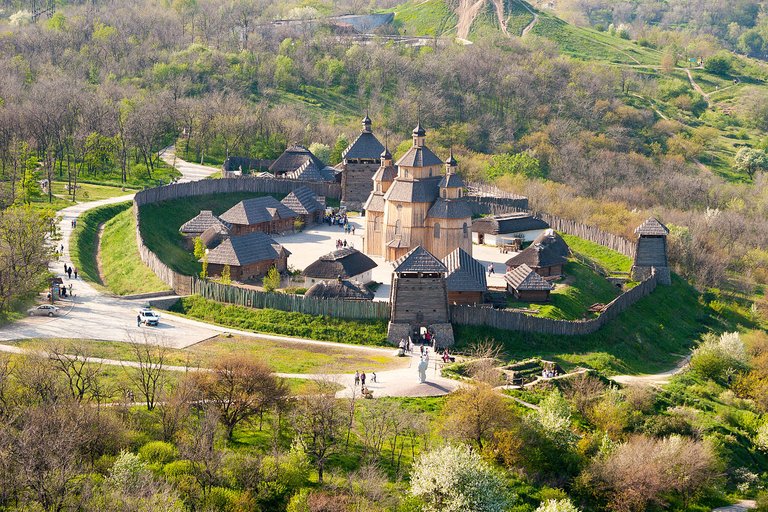
This oasis of wildlife in the middle of Zaporozhye has also become home to two hundred and more species of animals, including rare ones. For example, here lives the smallest bird of Europe - the yellow-headed king.
Here is the lion's share of historical sites, and the most developed infrastructure. A lot of dispensaries have been built, two hotels - this part of the island is entangled in roads, that's why a lot of cultural events take place here.
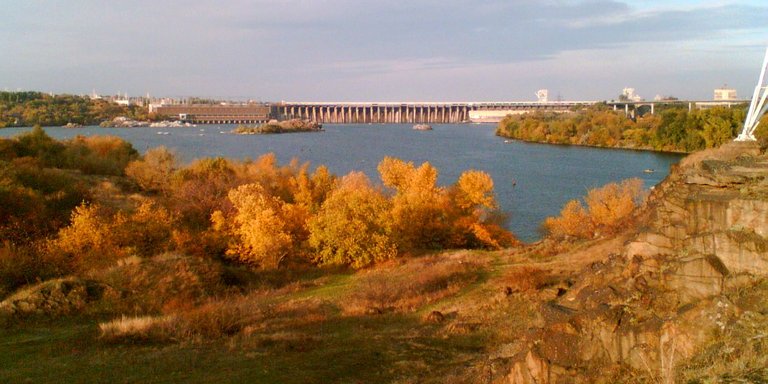
Not far from the Arched Bridge is a whole museum-historical complex. First of all, it is the Museum of the History of the Cossacks, which has a fairly extensive exposition. You can not only learn more about the Cossacks, but also buy souvenirs or guidebooks. Near the museum there is a rental point for bicycles, including children's chairs.
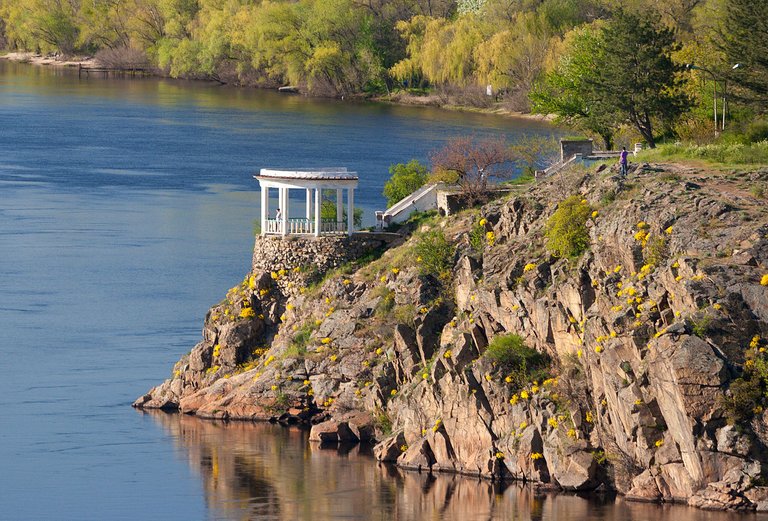
One can not ignore Zaporozhskaya Sich - a large complex that reconstructs the Cossack fortress of the 16th century. It consists of a fortification in the center and several houses, where you can go and see how the Cossacks lived centuries ago. By the way, in the Zaporizhzhya Sich and its limits, many scenes were filmed by the "Taras Bulba" film festival 2009.
Between the fortifications and the museum rise cromlechi (ancient structures, often sacred values) of the Copper Age, their age is about 7 thousand years. A little to the south of the fortress is a whole group of sanctuaries - from stone circles built thousands of years ago, to relatively young wooden idols of the ancient Slavs.
At the other end of the island, almost a kilometer stretches the main tourist beach of Khortitsa - a narrow but long sandy strip, sheltered from the wind by rocks. Above the coastline is a small grove where you can relax.
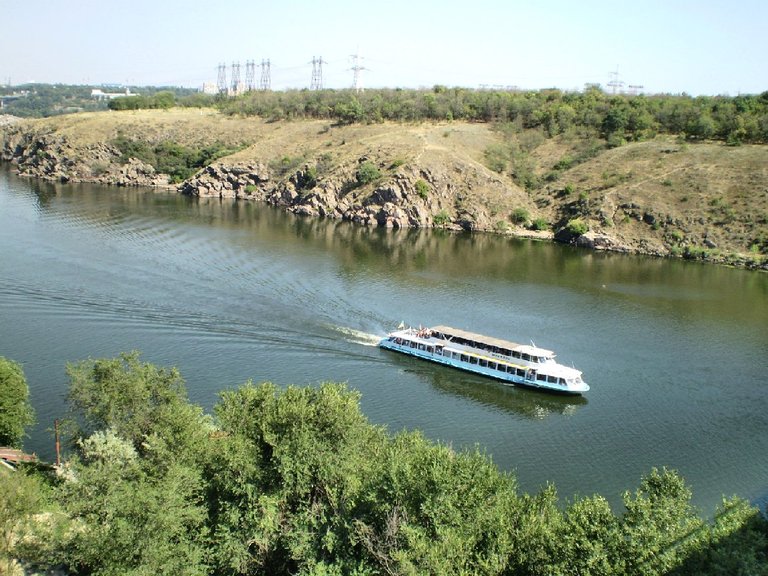
The south of the island has a quiet pastime. A monument to the Easter egg-pysanka and the Museum of ancient barrows in the open air - that's all the sights.
Almost in the center of Khortitsa there is the Dendropark, where a lot of bushes and trees of interesting breeds are planted.
Not far from the dispensary of the Engineering Academy is a small cozy beach - a clean and calm area, from where you can see the city and the bridge of Preobrazhensky.
Describe all the richness of nature in this region is difficult, but some places should be highlighted. Try to find time and look at the famous Hanging swamps, where the sedge and reeds grow a wall directly from the rocks, and also sit in the gazebo over the river that is next to the ZTMK dispensary.
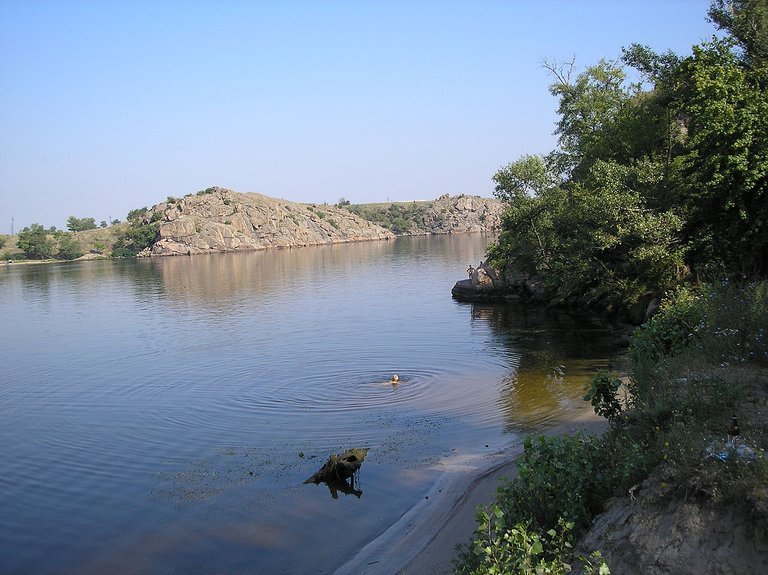
Source: https://yandex.ru/collections/card/5883a199663518c835c7cc48/
Not indicating that the content you copy/paste is not your original work could be seen as plagiarism.
Some tips to share content and add value:
Repeated plagiarized posts are considered spam. Spam is discouraged by the community, and may result in action from the cheetah bot.
Creative Commons: If you are posting content under a Creative Commons license, please attribute and link according to the specific license. If you are posting content under CC0 or Public Domain please consider noting that at the end of your post.
If you are actually the original author, please do reply to let us know!
Thank You!
More Info: Abuse Guide - 2017.